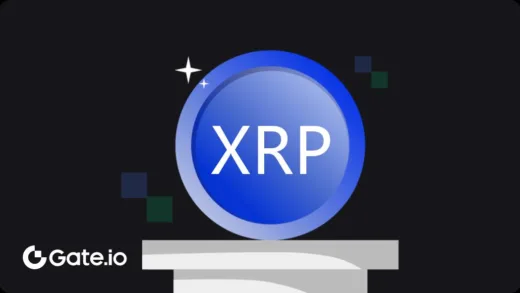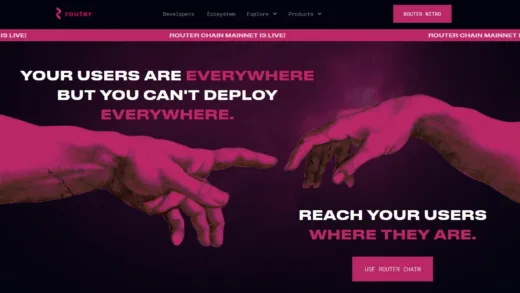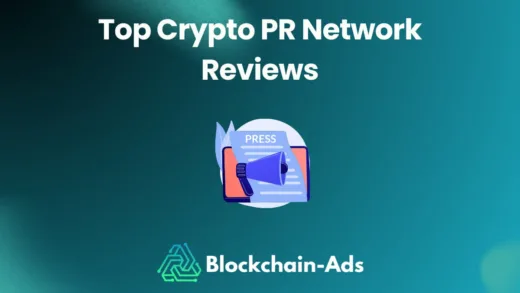Monetization in video games has long been a feature of the modern gaming industry. It’s hard these days to find a popular mainstream game that does not feature some form of monetizable content. The ability to purchase items or collectibles to be used in a game has become a mainstay feature in games, with whole markets spawning around the sale of in-game items in games like Counter-Strike and Dota 2.
While the market for monetization in video games has grown, so has the innovation in blockchain technology. It used to be that the digital ledgers that made Bitcoin work were solely used by tech experts and silicon valley geniuses to trade cryptocurrency, but NFTs have made a big splash lately, especially after the sale of digital artwork for $69 million.
An NFT, short for the non-fungible token, is a digital token stored on a blockchain that represents a digital asset. NFTs can represent digital artworks, songs, anything digital really. In fact, the first-ever tweet was recently sold as an NFT for nearly $3 million. These numbers have made headlines, but one subject of discussion which hasn’t yet received the spotlight it deserves is the significant impact that NFTs could have on the world of gaming.
If digital assets can be assigned these virtual tokens and sold for large amounts of money, it stands to reason that video game items and collectibles could receive the same treatment. We have already seen some collectible games like NBA Top Shot and CryptoKitties taking hold of this idea. The nature of NFTs means that games can monetize their assets based on rarity.]
Before, these in-game items were stored on central servers owned by the game company that created them. The companies were establishing shady relationships and ownerships to the items, meaning that if your account on such games gets banned, you lose your items. This action might cost hundreds and even thousands of dollars, but the decentralized nature of blockchains and NFTs means that these items can be traded on the open market even if you decide to quit the gaming itself. The NFTs and blockchains can make your items real tangible and sellable assets.
Every item in a certain game could be monetized, commodified, and resold at high values based on rarity and demand. For example, the previously mentioned NBA Top Shot sells packs of digital cards representing sports moments for as low as $9. Recently, a Top Shot card featuring LeBron James resold for $179,000.
Imagine a future where video game items could be sold for hundreds of thousands of dollars, in a market-driven entirely by the people who buy and sell these items, without the meddling of a central authority like a game company. Players could play their favorite games, while also profiting by buying and selling their in-game assets. It’s a futuristic development that feels straight out of a science-fiction world like Ready Player One, but it may be a long way off before we achieve a system like this.
There still exists a significant technological barrier in the crypto industry. It’s difficult for people who aren’t tech geniuses to wrap their heads around the complex technology that makes blockchain work. This makes people afraid to try it out. After hearing the massive price tags that plaster headlines, people want to try out buying NFTs, but the tech complexity pushes them away.
Solutions to this problem are rising to meet it, however. As more and more people get interested in crypto, apps like Blocto are meeting the need for simpler crypto technology. Blocto represents an early innovation in the field of crypto for ordinary people. Described by its developers as “Steam for DApps,” Blocto acts as a kind of a central hub in which users can buy and trade many different cryptocurrencies and crypto-assets within the application.
Just as Steam became a centralized solution for gamers who wanted a unified front on which they could purchase games, Blocto unites different crypto applications to make things simpler for people who want to get into crypto without the hassle. Most crypto wallets are unintuitive browser extensions, while Blocto and other apps like it exist as mobile apps, providing a sense of familiarity for anyone with a smartphone.
NFT collectibles like the ones produced by NBA Top Shot and CryptoKitties are the first wave in NFT game innovation, but with the rise in tech that makes crypto simpler for ordinary people, they may be the perfect introduction for people into crypto. Cryptocurrencies are invisible and abstract, while NFT assets and collectibles are visual and engaging. With apps like Blocto paving the way for the mass adoption of blockchain and NFT technology, we may see a future fueled by crypto sooner than we expected.

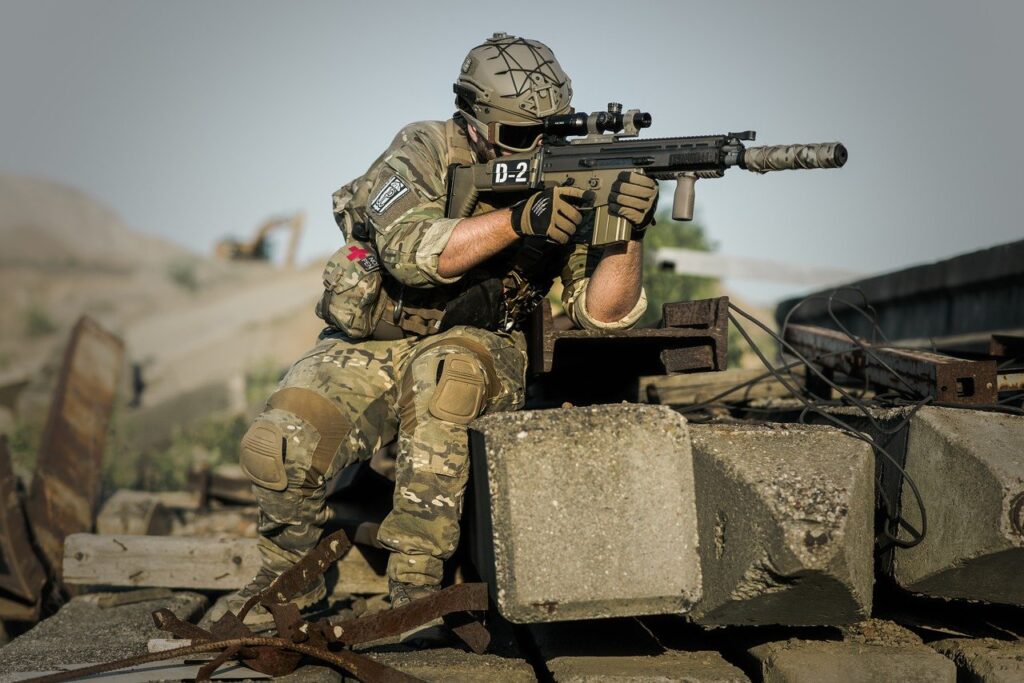

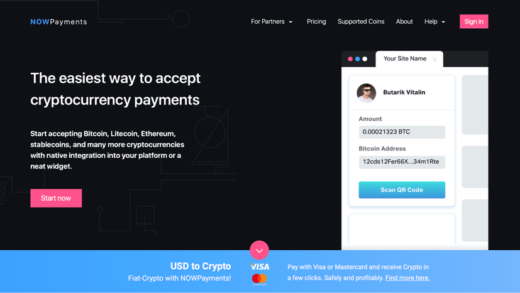
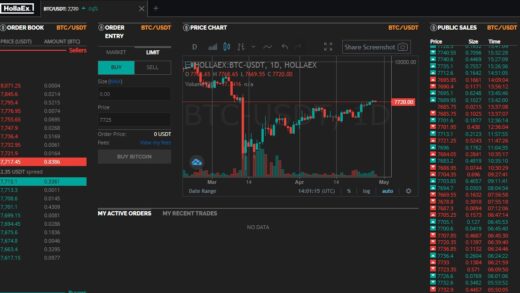



![[Sponsored] STG Energy Launches Breakthrough Cloud Mining Product to Democratize Crypto Mining 6 STG mining](https://coinfunda.com/wp-content/uploads/2025/02/STG-mining-520x293.webp)
![[Sponsored] Centralhash cloud mining platform easily obtains 100,000 US dollars of 7 central hash](https://coinfunda.com/wp-content/uploads/2025/02/central-hash-512x293.webp)
